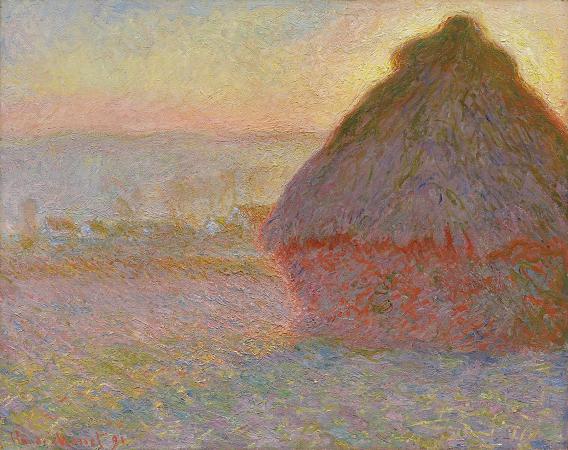Raoul Dufy (1877 - 1953). Raoul Dufy was a French painter associated with the Fauvist movement. He gained recognition for his vibrant and decorative style, which became popular in various forms, such as textile designs, and public building decorations. Dufy is most remembered for his artwork depicting outdoor social gatherings. In addition to painting, he was skilled in various other fields, including drawing, printmaking, book illustration, scenic design, furniture design, and planning public spaces. Early life Dufy was born in Le Havre, Normandy. His younger brother, Jean Dufy, would also become an artist later in life. At age 14, Dufy left school to work for a coffee-importing company. In 1895, at age 18, he began taking evening art classes at Le Havre's École des Beaux-Arts, taught by Charles Lhuillier, a former student of the French portrait painter Ingres. There he met Raimond Lecourt and Othon Friesz, with whom he later shared a studio in Montmartre and maintained a lifelong friendship. During this period, Dufy primarily painted Norman landscapes in watercolors. In 1900, after a year of military service, Dufy won a scholarship to the École Nationale supérieure des Beaux-Arts in Paris, where he again crossed paths with Othon Friesz. Dufy focused on improving his drawing skills, influenced by impressionist landscape painters such as Claude Monet and Camille Pissarro. His first exhibition was in 1901, at the Exhibition of French Artists. Dufy was introduced to Berthe Weill in 1902 and showed his work in her gallery. He exhibited again in 1903, at the Salon des Indépendants. His work gained some notable recognition when artist Maurice Denis bought one of his paintings. Dufy continued to paint, often in the vicinity of Le Havre, particularly on the beach at Sainte-Adresse, made famous by its association with artists Eugène Boudin and Claude Monet. In 1904, he worked in Fécamp, on the English Channel, with his friend Albert Marquet. Later years Henri Matisse's Luxe, Calme et Volupté, which Dufy saw at the Salon des Independents in 1905, directed his interests towards Fauvism. Les Fauves emphasized bright color and bold contours in their work. Dufy's painting reflected this aesthetic until about 1909 when contact with the work of Paul Cézanne led him to adopt a subtler technique. However, it was not until 1920, after he had dabbled in another style, Cubism, that Dufy developed his own distinctive approach. This distinctive style encompassed the arrangement of skeletal structures using foreshortened perspective, coupled with the application of rapid, thin color washes. This method later became recognized as stenographic. In his oils and watercolors, he frequently depicted contemporary scenes, including yachting events, elegant social gatherings, and views of the French Riviera.
more...











